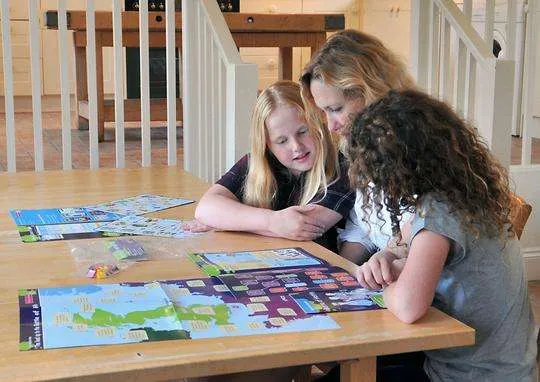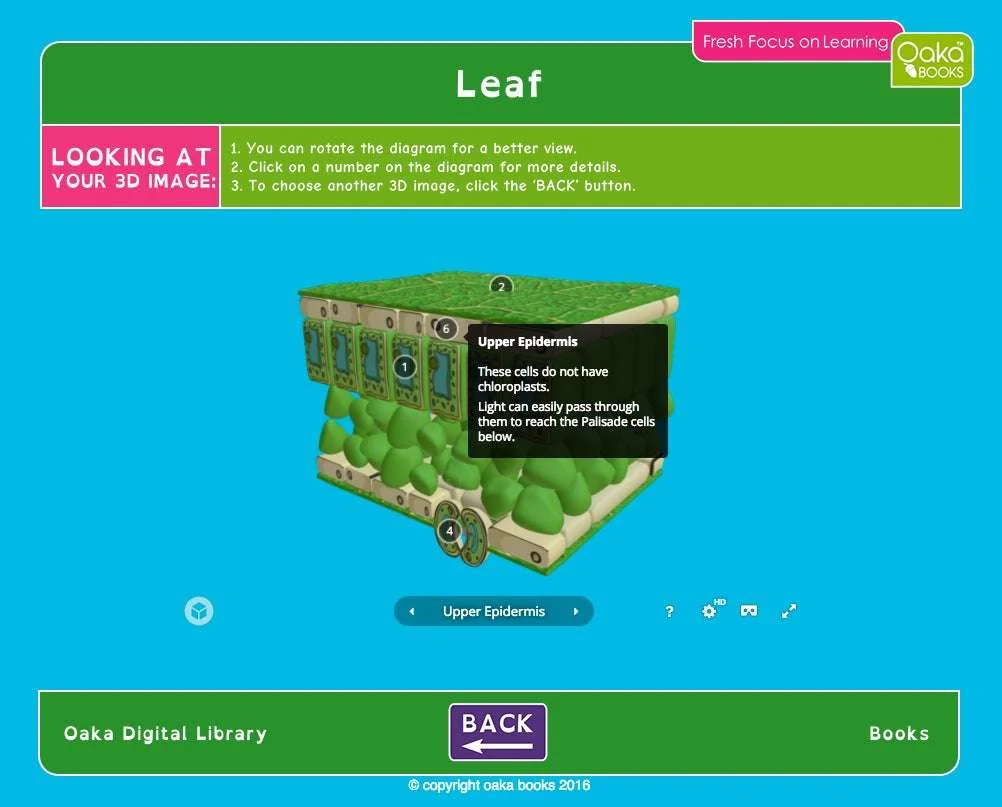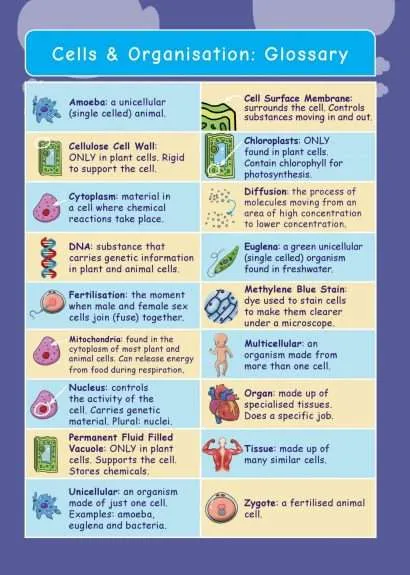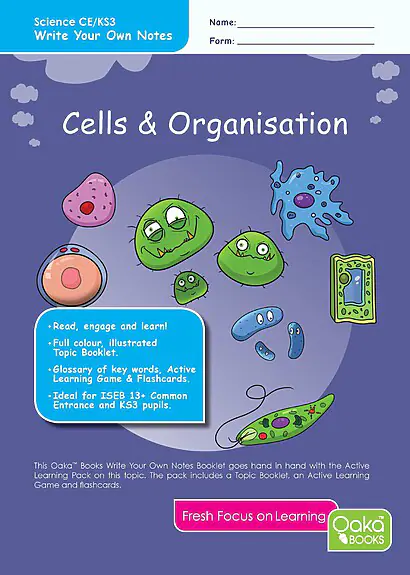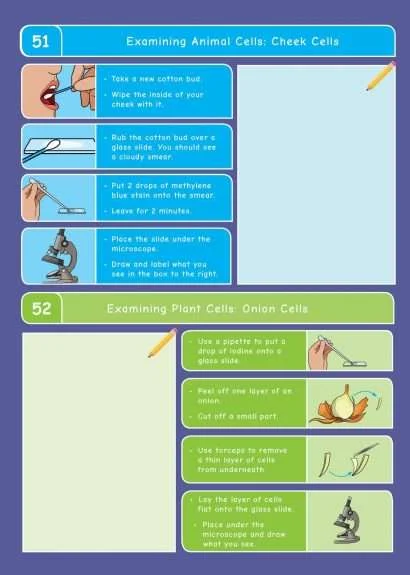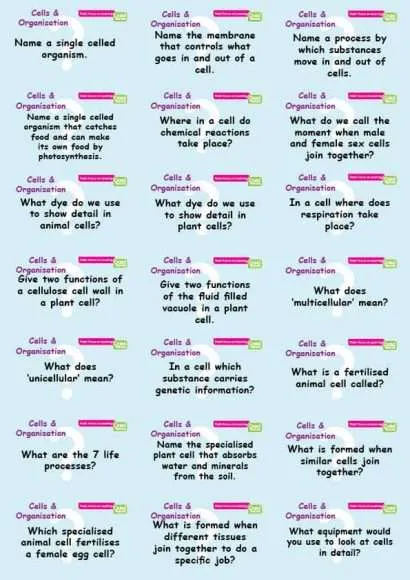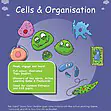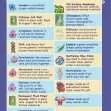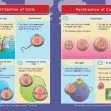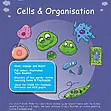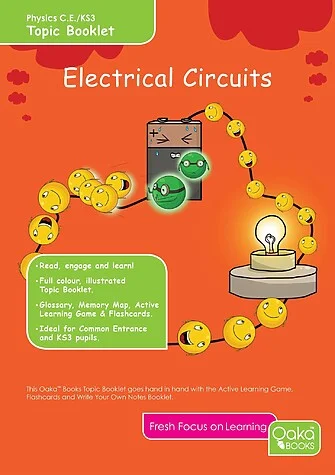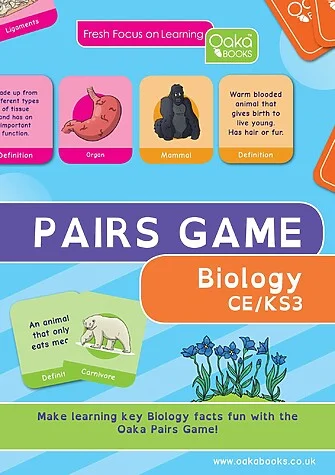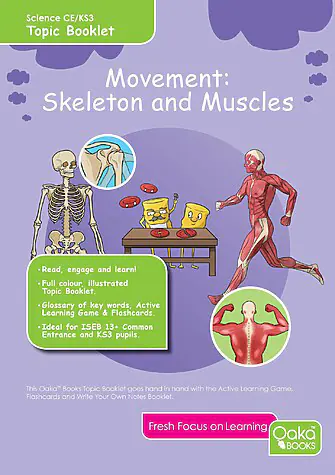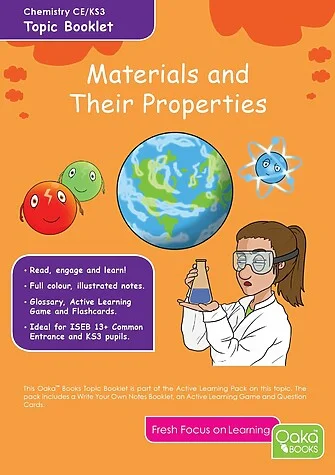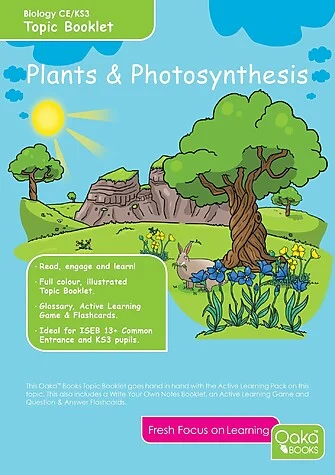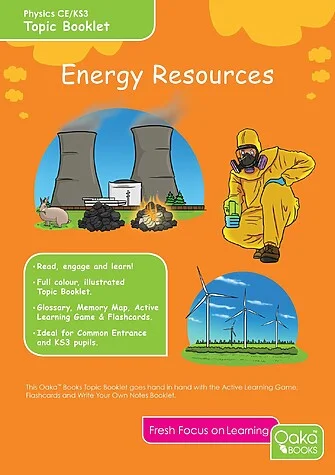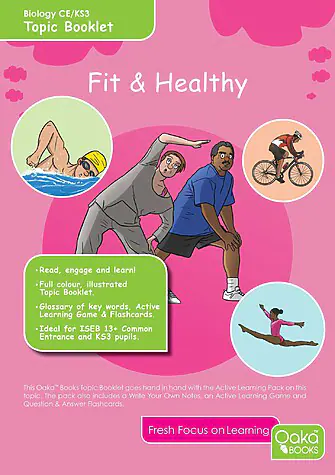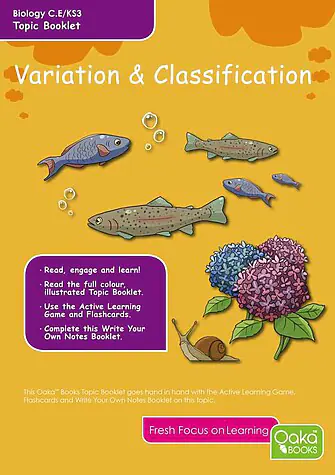Common Entrance / KS3 Biology – Cells & Organisation (Part 1)
✅ Learn or revise complicated concepts easily
✅ Information broken down into short chunks
✅ Full-colour illustrations on every page
Cells and Organisation is part one of our cells topic packs. Covering the basic concepts of cells and cell structure, this pack will give pupils the tools to understand how organisms work at a cellular level. This Topic pack uses colour illustrations and short, simple sentences to make sure your child understands and learns the key information needed for Common Entrance/KS3. The topic pack will engage pupils with its illustrations, will help reinforce information using the workbook and, finally, will give them the tools to practice information retrieval using the active learning game.
One of the key features of our science topic packs is the use of a glossary of keywords and terms. This is a vital tool to ensure that pupils recognise and understand the keywords associated with each topic BEFORE they start learning about the specific topic. This way, they can focus on the processes rather than struggling with keywords, and learning will be both more effective and less stressful for them.
We recommend that you also purchase Cells and Organ Systems, part two of the cells module. This is a separate topic pack.
Topics Covered Include:
- Glossary of key terms
- Cell structure
- Features of cells
- How cells are adapted
- Specialised cells and life processes
- Diffusion: moving substances between cells
- Unicellular organisms
- Multicellular organisms
- Fertilisation of cells
- Looking at cells
- Examining plant cells & animal cells
About Cells and Organisation
Cells are the basic unit of life in all living organisms. They are the smallest unit of an organism that can carry out all the functions of life. There are two main types of cells: prokaryotic cells, which are found in bacteria, and eukaryotic cells, which are found in all other living organisms.
Organisation refers to the hierarchical structure of living organisms, from the smallest unit of the cell to the largest unit of the ecosystem. In multicellular organisms, cells are organized into tissues, which are then organised into organs and further into systems of multiple organs, and so on. This hierarchical organisation allows for the efficient functioning of the organism as a whole.
The organisation of cells in multicellular organisms is crucial for their survival, as it allows for the division of labour among cells and the specialization of cells to perform specific functions. This specialisation enables the organism to carry out a wide range of activities, such as movement, digestion, and reproduction, which are essential for survival.
Cell Specialiation
Cell specialisation, sometimes known as cellular differentiation, refers to the process by which a single cell becomes a specific type of cell with a specific function. This process typically occurs during the development of multicellular organisms, when a single cell divides and differentiates into a variety of cell types.
For example, in the human body, stem cells can differentiate into various types of cells, such as muscle cells, nerve cells and red blood cells. Each of these cells has a specific function, and they carry out their function collectively to ensure health and homeostasis.
Cell specialisation is essential for the proper functioning of multicellular organisms, as it allows for the division of labour among cells.
All our booklets feature...
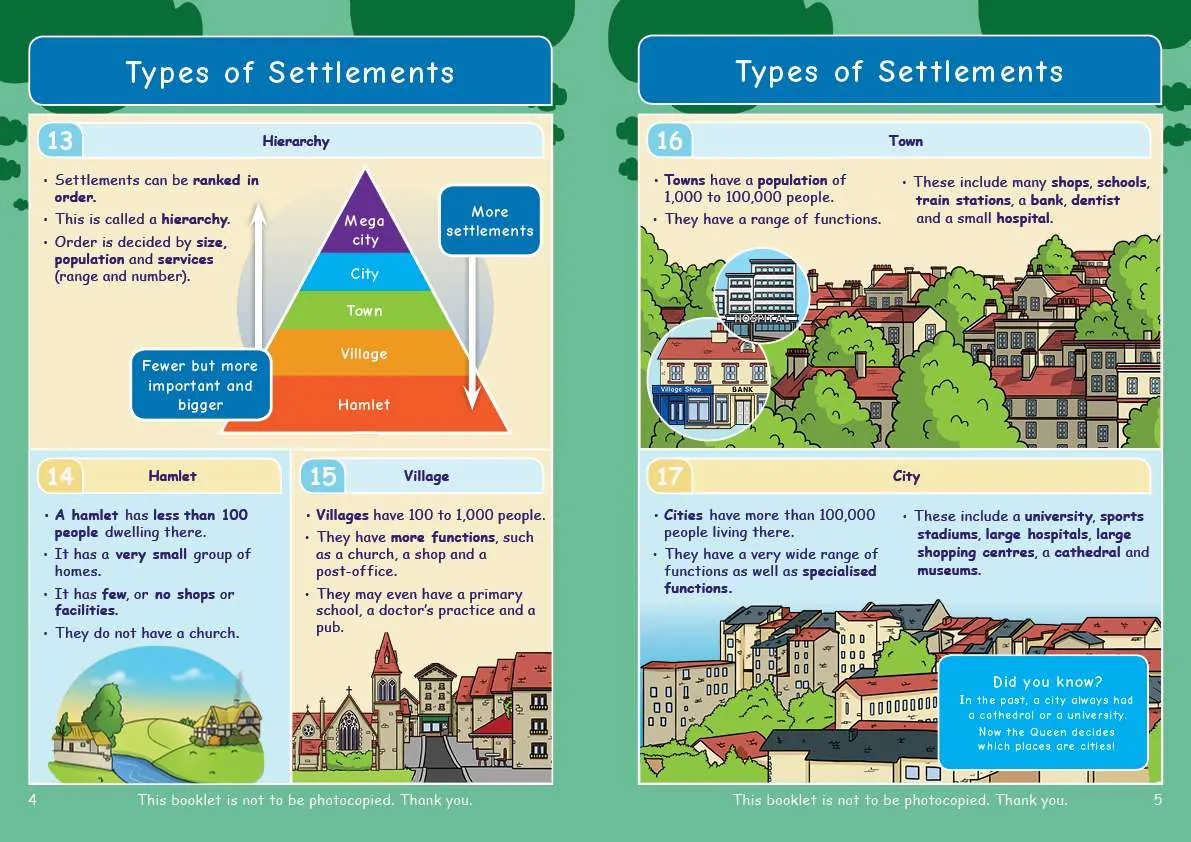
Engaging, full-colour illustrations on every page
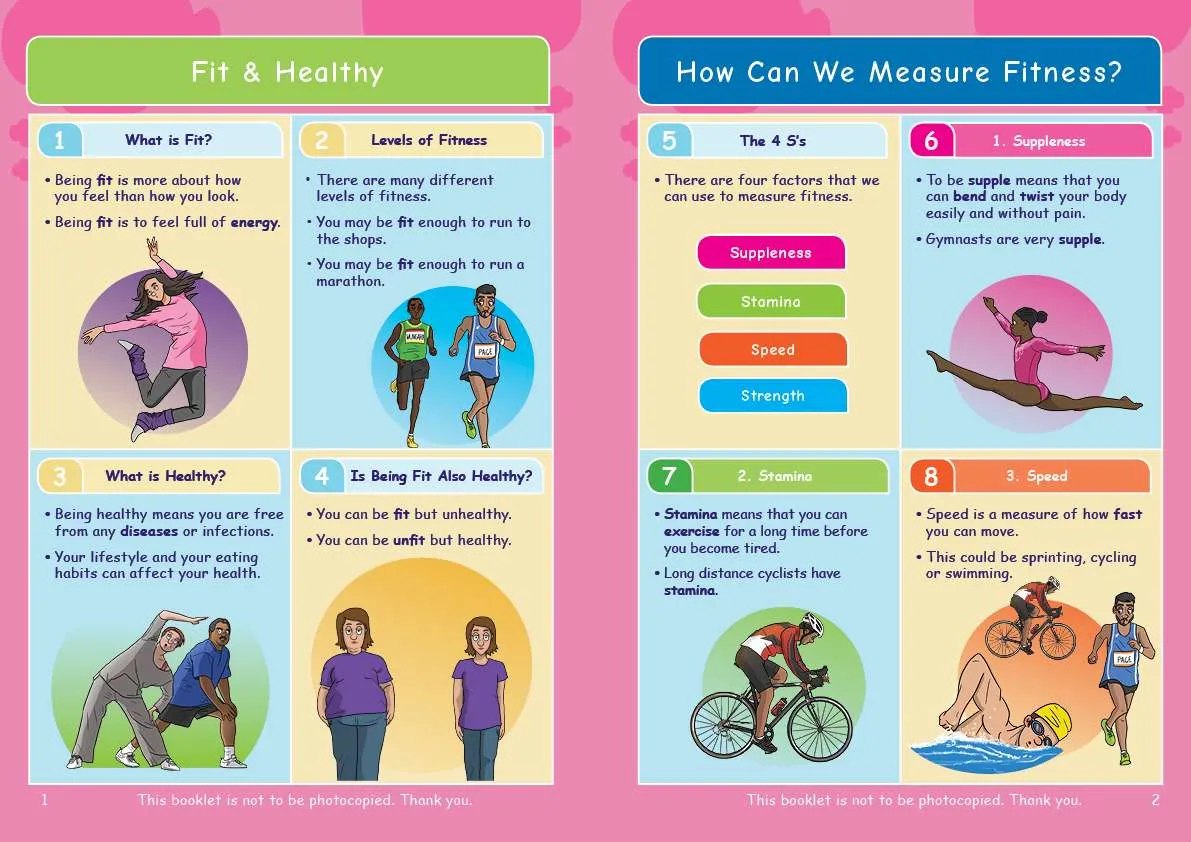
Text broken down into bite-sized chunks on a lightly shaded background
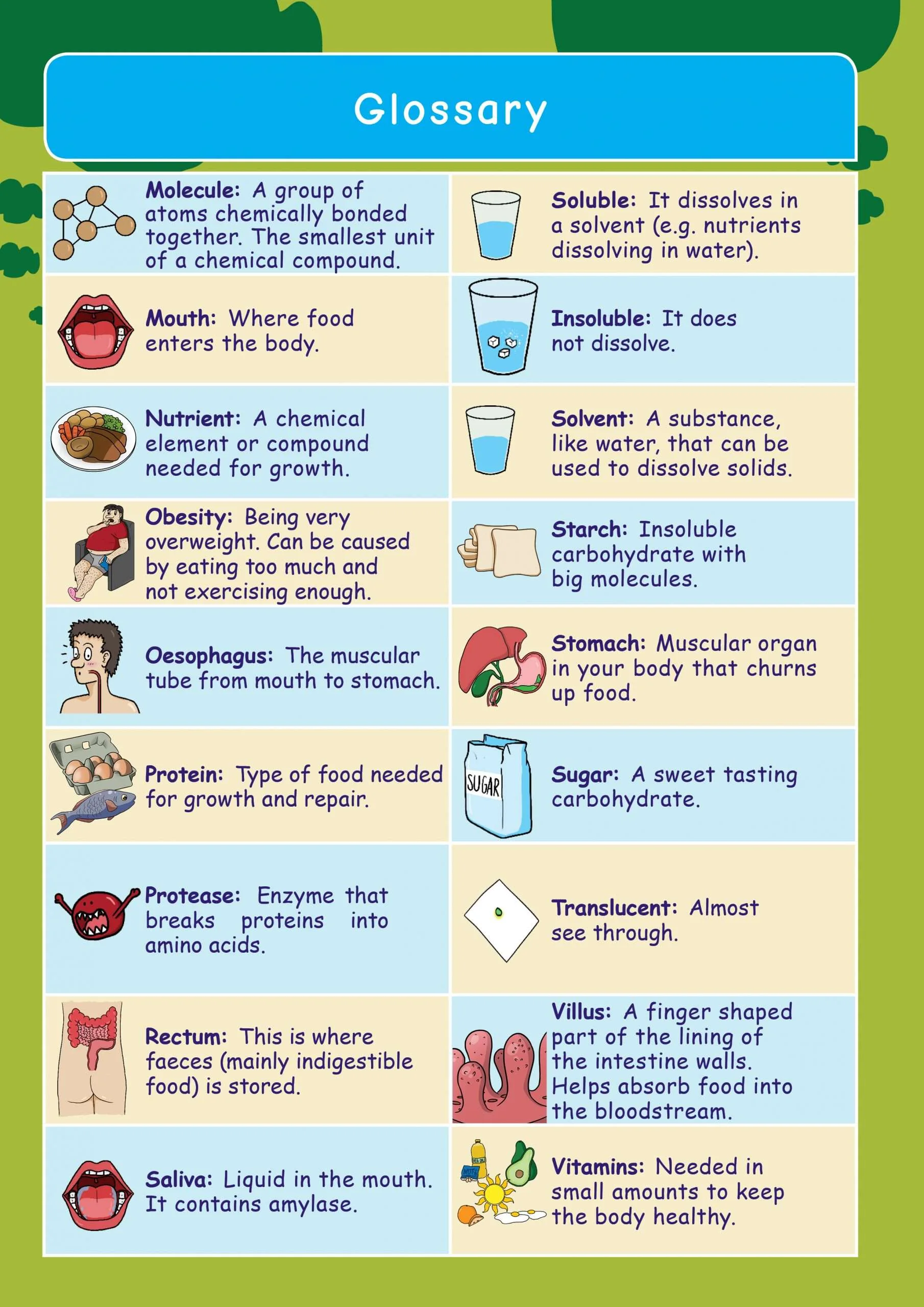
A simple, easy-to-understand glossary of key terms
What's In Each Pack?
Topic Pack
Topic Booklet: ✅ x1
Write Your Own Notes Booklet: ✅ x1
Active Learning Game or Map: ✅ x1
£8.97
BEST VALUE!
Topic Booklet
Topic Booklet: ✅ x1
Write Your Own Notes Booklet: ❌
Active Learning Game or Map: ❌
£4.97
Write Your Own Notes Booklet
Topic Booklet: ❌
Write Your Own Notes Booklet: ✅ x1
Active Learning Game or Map: ❌
£4.97
Please note, our resources are NOT to be photocopied. Thank you.

